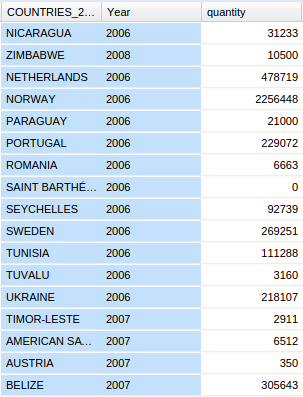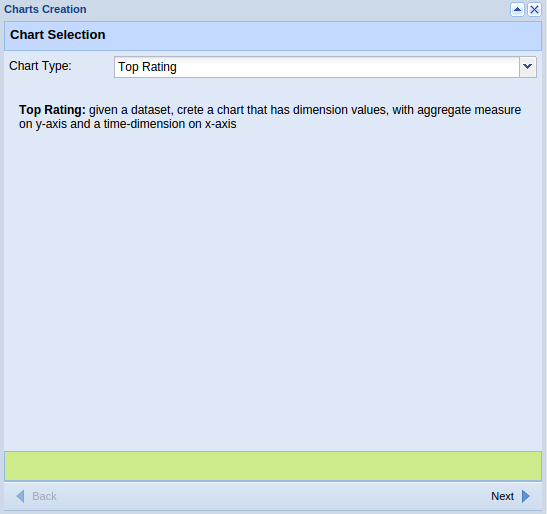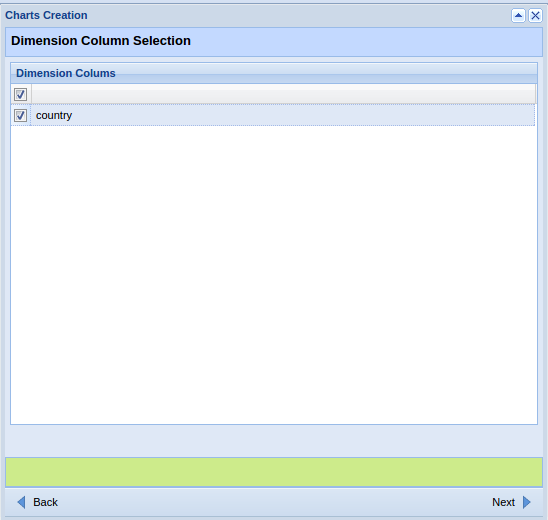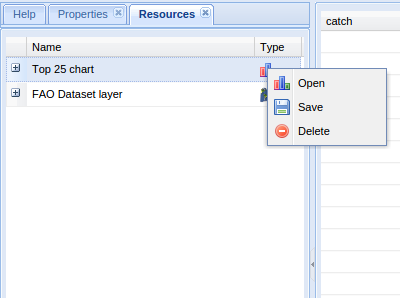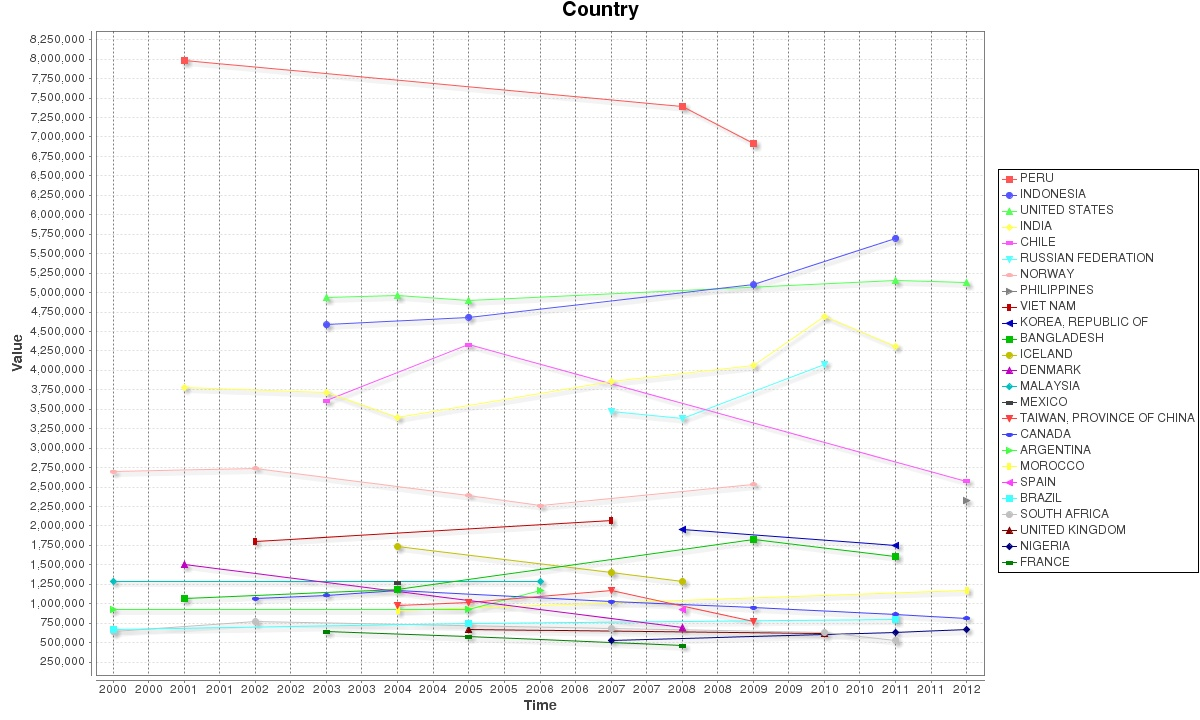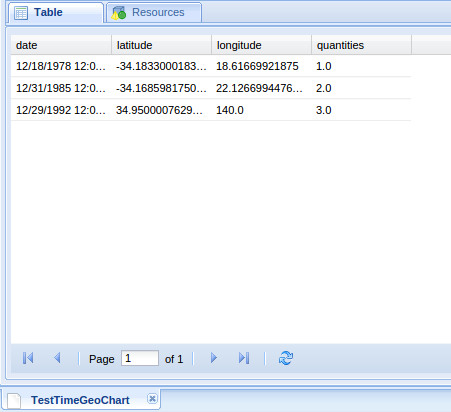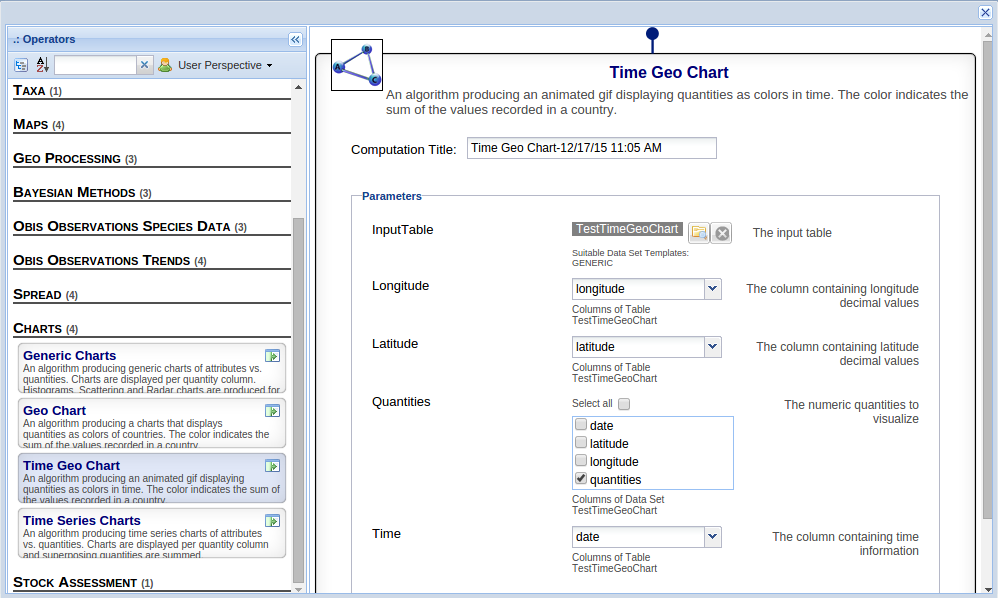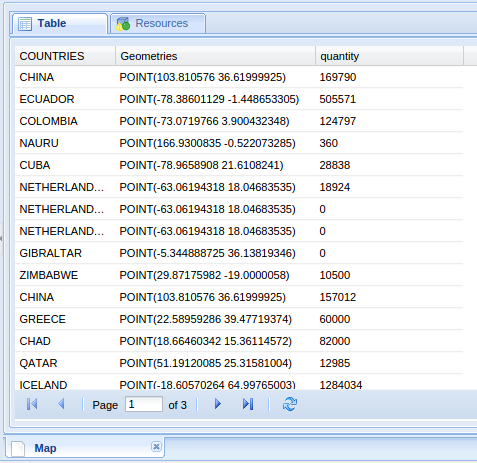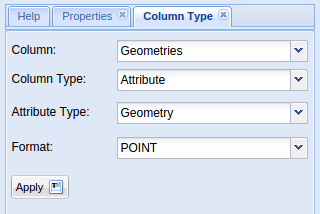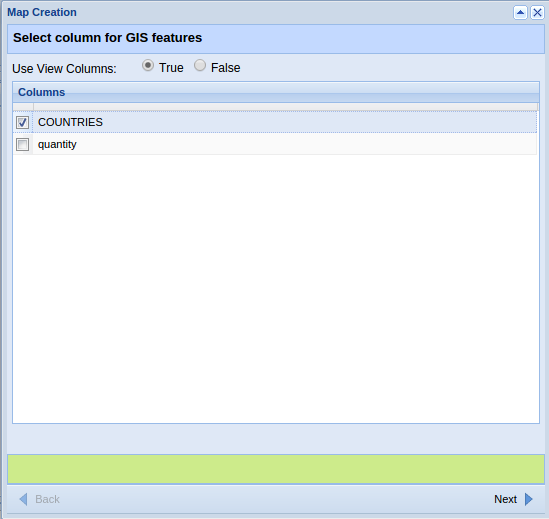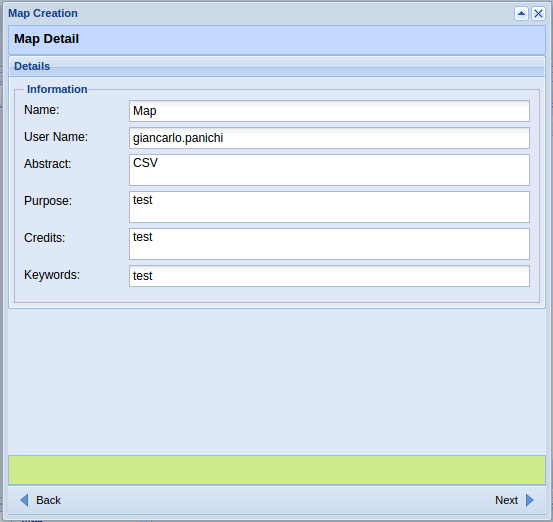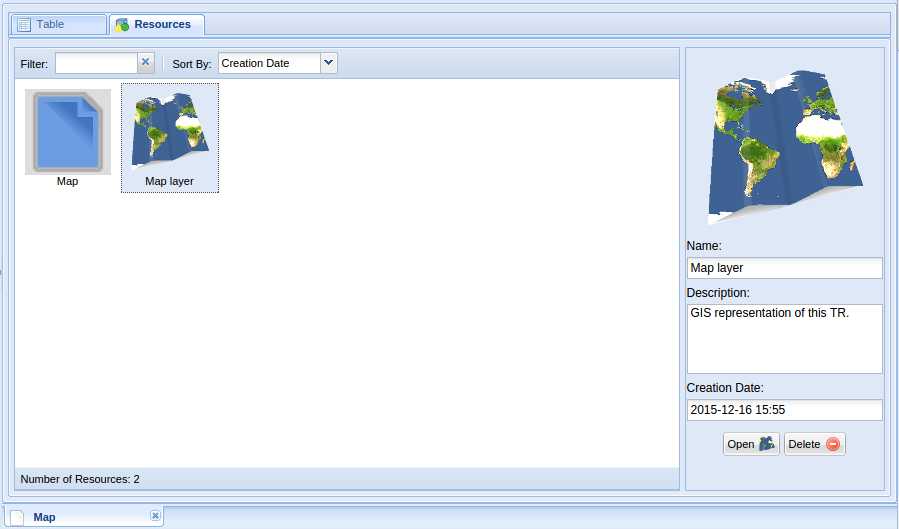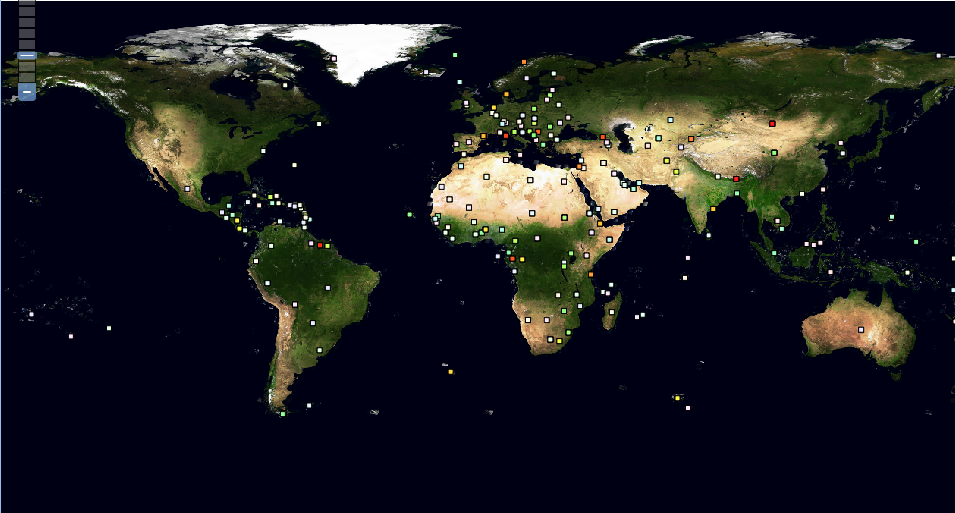Difference between revisions of "Tabular Data Manager: Analyse"
From Gcube Wiki
(→DataMiner) |
(→DataMiner) |
||
| (One intermediate revision by the same user not shown) | |||
| Line 20: | Line 20: | ||
:[[Image:tabular_data_manager_statistical2.png|frame|center|Tabular Data Manager, statistical]] | :[[Image:tabular_data_manager_statistical2.png|frame|center|Tabular Data Manager, statistical]] | ||
:[[Image:tabular_data_manager_statistical1.png|thumb|center|800px|Tabular Data Manager, statistical]] | :[[Image:tabular_data_manager_statistical1.png|thumb|center|800px|Tabular Data Manager, statistical]] | ||
| − | :to check the available algorithms take a look at [[ | + | :to check the available algorithms take a look at [[DataMiner_Algorithms| Data Miner Algorithms]] wiki page. |
=== GIS Menu === | === GIS Menu === | ||
Latest revision as of 15:01, 21 April 2017
Contents
Analyse
Chart Menu
Create Chart
- Create charts from a Tabular Resource. Note, after a chart has been created it becomes available in the list of resources of the Tabular Resource.
- For example, we create a Top Rating Chart for this tabular resource(Dataset):
Process Menu
R studio
- The current Tabular Resource is exported in R-Studio.
DataMiner
- You can use statistical algorithms from the DataMiner service on the current tabular resource clicking on Data Miner button. A statistical algorithm can produce new tabular resources or new resources. The new tabular resources can be accessed via the Open button, while new resources are accessible through Resources button. For example, we can use Time Geo Chart algorithms:
- to check the available algorithms take a look at Data Miner Algorithms wiki page.
GIS Menu
Create Map
- Create map from a Tabular Resource. Note, after a map has been created it becomes available in the list of resources of the Tabular Resource.

